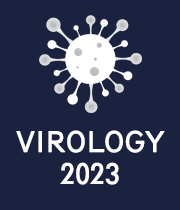Transformation and Oncogenesis
The inclusion of inheritable material causes a change in cell growth, phenotypic, or indefinite reproduction, which is known as viral transformation. A virus induces detrimental changes in an in vivo cell or cell culture through this method. The word can also be translated as viral vector-mediated DNA transfection. Both spontaneously and therapeutically, viral transformation can occur. Metabolic reprogramming, which encompasses changes in both bioenergetic and anabolic metabolism, is a crucial step in neoplastic transformation. Cancerous tumours gain the ability to re-enter the cell cycle and multiply as a result of these metabolic changes. It is also possible to induce viral transformation for medical purposes. Virally transformed cells can be distinguished from untransformed cells using a range of growth, surface, and intracellular measurements.
- Viral Oncoproteins
- Viral Oncogenesis
- Viral Latency-Associated Proteins and RNAs
- Upregulation of Cellular Oncogenes
- Viral Transformation
- Cellular Signalling Pathways

